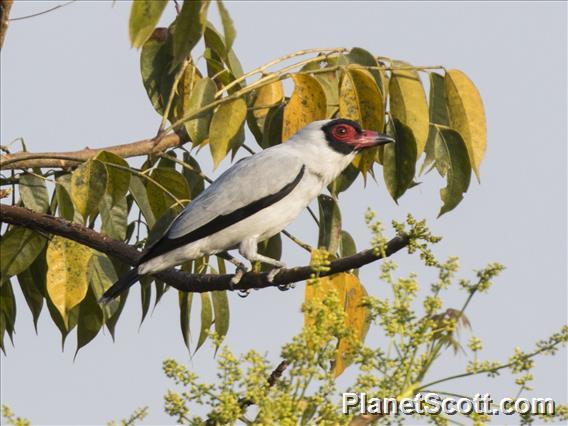Masked Tityra (Tityra semifasciata)

Masked Tityra (Tityra semifasciata)
×


Masked Tityra (Tityra semifasciata)
About Masked Tityra (Tityra semifasciata)
- Kingdom: Animals
- Phylum: Chordates
- Class: Birds
- Order: Perching Birds
- Family: Tityras and Allies
The masked tityra is a medium-sized passerine bird. It has traditionally been placed in the cotinga or the tyrant flycatcher family, but evidence strongly suggests that it is better placed in Tityridae, where it is now placed by the South American Classification Committee.
Source: Wikipedia
Trips
Visits
-
2006-12-19
Puerto Quito, Ecuador -
2006-12-22
Mindo - Foothills, Ecuador -
2007-10-12
Chavarillo, Mexico -
2008-01-05
Yelapa, Mexico -
2009-02-03
Los Tarrales, Guatemala -
2009-02-09
Los Naranjos, Honduras -
2009-02-25
Corcovado National Park - La Sirena, Costa Rica -
2009-03-19
Punta Patino, Panama -
-
-
-
-
-
-
-





